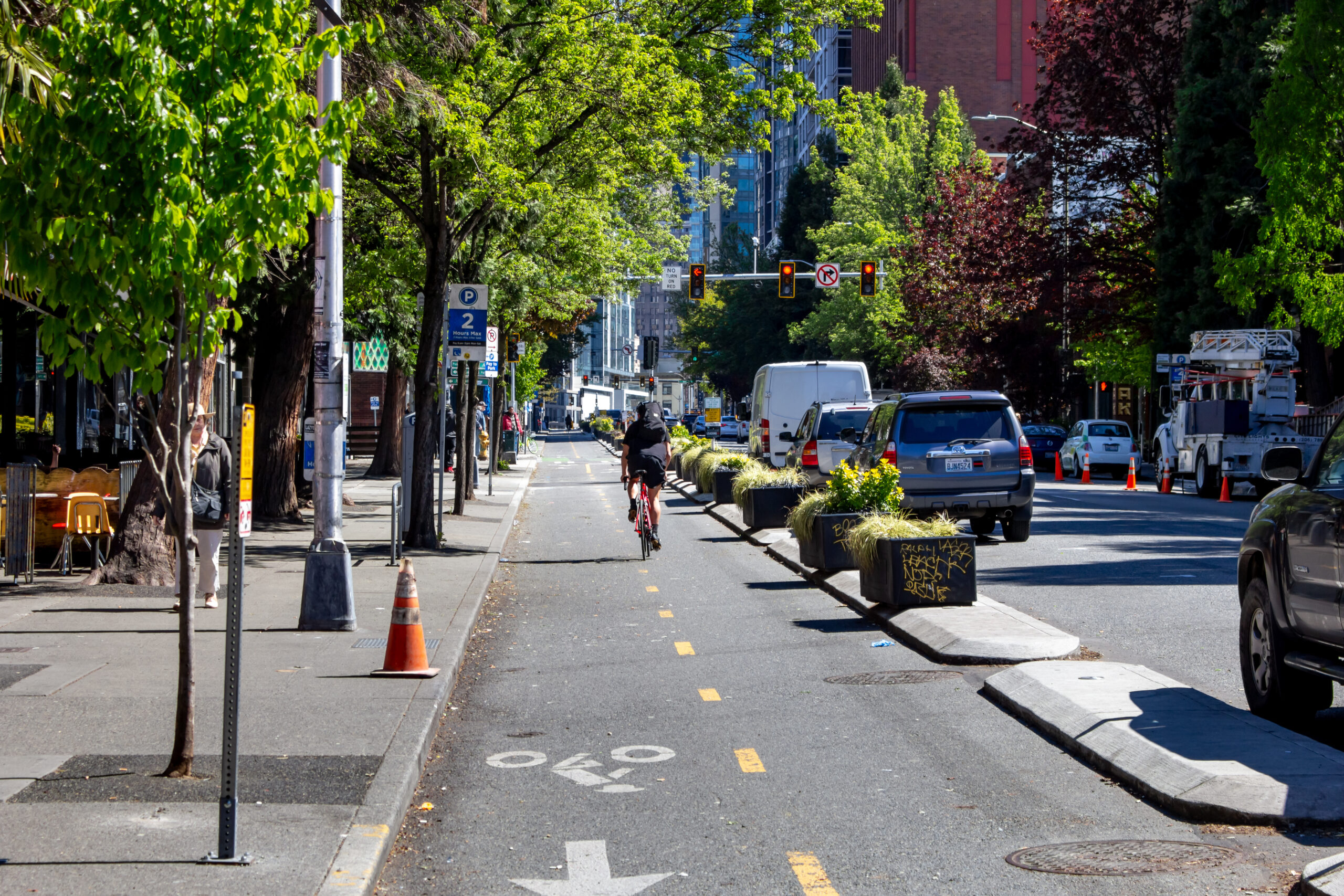Over the past decade, Complete Streets and Vision Zero policy adoption has grown substantially in municipalities across Ontario. Despite this, the installation of safe street infrastructure can appear to proceed at a crawling pace. Given the abundance of these policies in Ontario, what is the reason for the slow pace of safe street implementation? This question was explored in The Centre for Active Transportation’s recent report “Barriers to Implementation: What Prevents Municipalities from Building More Complete Streets and Vision Zero Infrastructure.”

Research for this report included a scan of 46 Ontarian municipalities and a series of interviews with planners and engineers from seven municipalities. From the interviews, six themes were identified:
| Policy and Guidelines | The current policies were deemed inadequate, with insufficient design guidance and a lack of strong rationales for Complete Streets and Vision Zero. Interviewees stressed the importance of Guidelines, which provide operationalizing details, resulting in internal efficiencies. |
| Cultures of opposition | Car culture remains the dominant perspective in the planning and designing of streets. Interviewees noted how a vocal minority of municipal staff, politicians and members of the public oppose Complete Streets and Vision Zero initiatives. |
| Staff coordination | Interviewees noted how municipal staff could fail to notify Complete Streets and Vision Zero teams about relevant road projects. There is a need to facilitate efficient communication between municipal staff. |
| Budging and resources | There were several barriers related to budgeting mentioned by interviewees, including the cost of maintenance for Complete Streets, the need for road widening due to car-centric road planning, and a lack of human resources. |
| Balancing needs | Interviewees noted how municipal staff could fail to notify Complete Streets and Vision Zero teams about relevant road projects. There is a need to facilitate efficient communication between municipal staff. |
| Data | Practitioners stressed insufficient means of analyzing and distributing data. There is a need for better systems of management, which require greater human resources. Data collection has also faced challenges, such as those posed by COVID. |
With these barriers understood, the hope is that municipalities will take steps to mitigate them and advance the pace and scale of Complete Streets and Vision Zero policy implementation in their communities. Check out the Barriers to Implementation: What Prevents Municipalities from Building More Complete Streets and Vision Zero Infrastructure report here.
By Alex Hanes, TCAT Intern